Berkshire Through the Ages
This site will eventually contain detailed sections on the major periods of human occupation in Berkshire. These periods are:
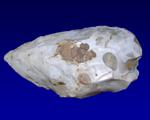 |
Palaeolithic Berkshire
From the earliest human occupation through to the beginning of the Holocene about 10,000 years ago. The main evidence for this period are flint tools, including hand-axes, which have been found in significant quantities in parts of Berkshire.
|
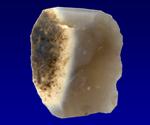 |
Mesolithic Berkshire
From about 10,000 year ago to approx. 4000BC, this was the era of hunter-gatherers. Evidence for this period mainly consists of worked flint, including distinctive small 'microliths'. Several Mesolithic sites of national importance have been found in Berkshire.
|
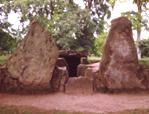 |
Neolithic Berkshire
From c. 4000BC to c.2500BC, this was the era when agriculture became established and monumental stone structures were erected including long barrows. From this era onwards pottery becomes an important part of the archaeological record.
|
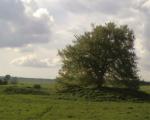 |
Bronze Age Berkshire
From c. 2500BC to c. 800BC the Bronze Age in Berkshire saw an expansion of settlement and an increasingly sophisticated exploitation of the landscape, including large-scale field systems. Distinctive monuments from this period include round barrows, of which Berkshire has many surviving examples. Finds from this period also include metalwork for the first time.
|
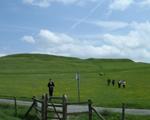 |
Iron Age Berkshire
The period from c. 800BC to AD43 saw significant social and technological change. In addition to the emergence of ironworking, the period also saw the construction of vast hillforts. In the later Iron Age the area was dominated by a significant settlement focus created at the oppidum of Calleva (in north Hampshire).
|
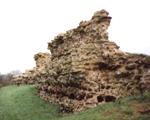 |
Roman Berkshire
From c.AD43 to the early fifth century Berkshire was part of the Roman Empire. The period saw a transformation of material culture with the construction of villas, new roads and the expansion of Calleva Attrebatum (Silchester). However in many Romano-British farming settlements there is evidence for the continuation of 'native' culture and practices from the Iron Age.
|
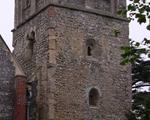 |
Anglo-Saxon Berkshire
From the early fifth century to the Norman Conquest in 1066. Parts of Berkshire, espcially the north-west, have some of the earliest evidence for Anglo-Saxon settlement. The shire was an important place in the later Anglo-Saxon period with many Royal estates.
|
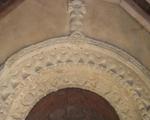 |
Medieval Berkshire
From 1066 to the dissolution of the monasteries in 1536. This period saw the fuller development of the pattern of towns and villages that we see today. Berkshire has a particularly rich built heritage dating from this period, including many of our parish churches.
|
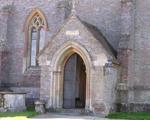 |
Post-Medieval Berkshire
From c. 1536 onwards there is much of value and interest in the archaeological record and built heritage from this period, including evidence of Berkshire's industrial and urban history. Even relatively modern sites such as the network of defensive pill-boxes found in Berkshire benefit from archaeological investigation and recording.
|









